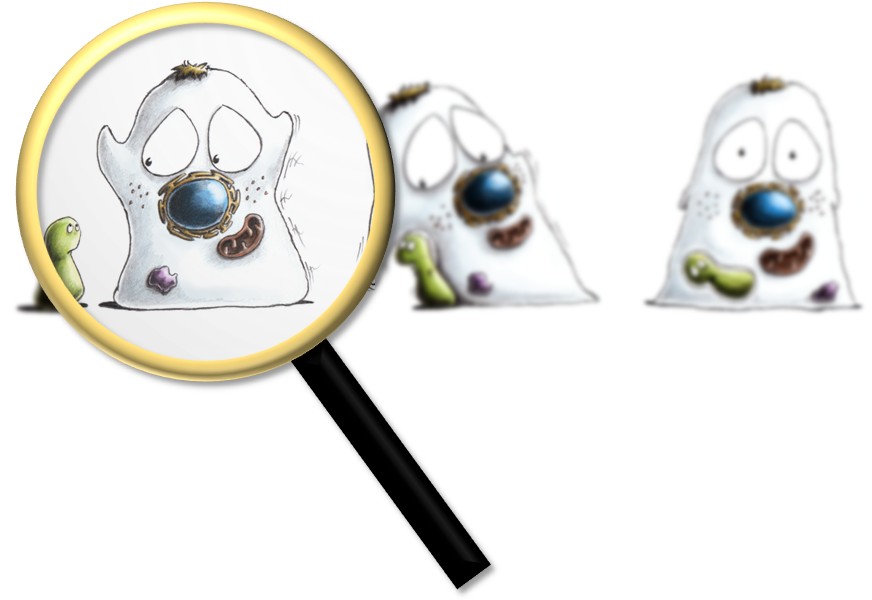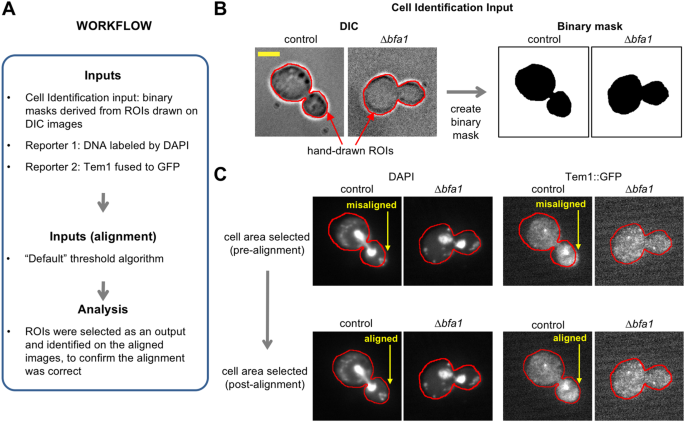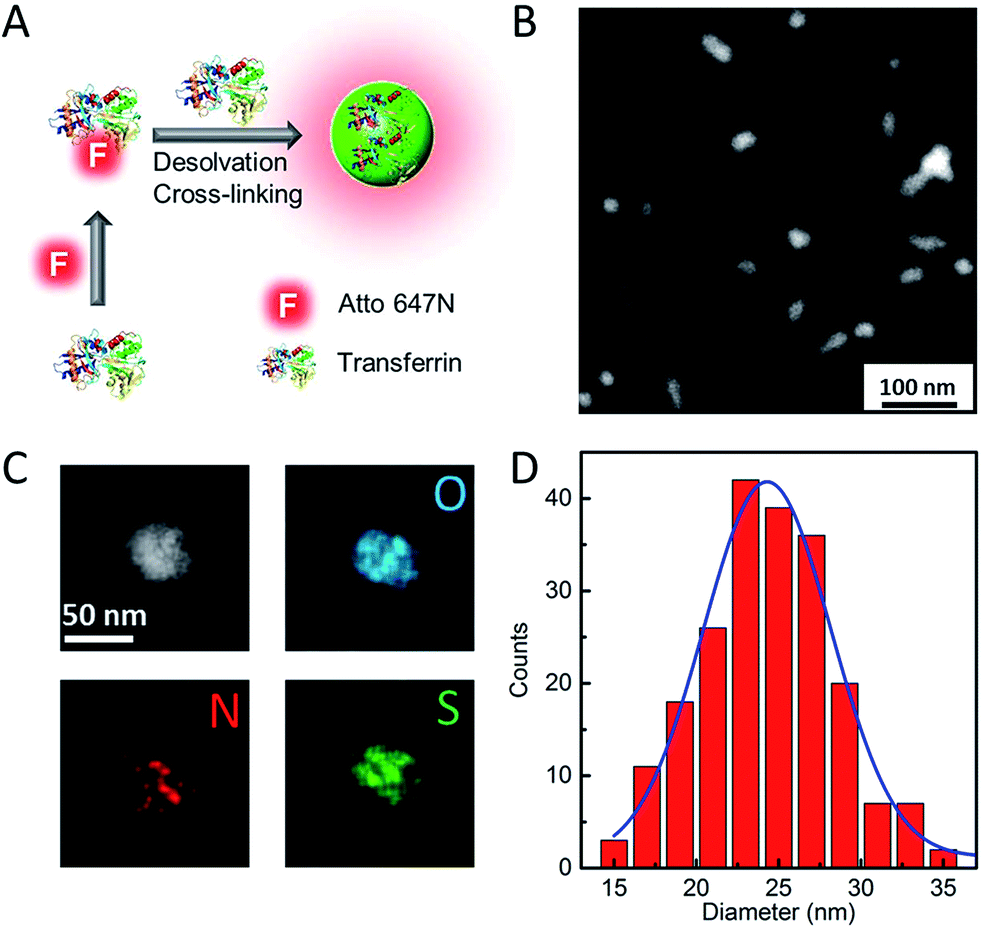
USING IMAGEJ SOFTWARE FLUORESCENCE ACTIVATOR
He named this phenomenon fluorescence : "I am almost inclined to coin a word, and call the appearance fluorescence, from fluor-spar, as the analogous term opalescence is derived from the name of a mineral." The name was derived from the mineral fluorite (calcium difluoride), some examples of which contain traces of divalent europium, which serves as the fluorescent activator to emit blue light. In his 1852 paper on the "Refrangibility" ( wavelength change) of light, George Gabriel Stokes described the ability of fluorspar and uranium glass to change invisible light beyond the violet end of the visible spectrum into blue light. Clarke and in 1822 René Just Haüy described fluorescence in fluorites, Sir David Brewster described the phenomenon for chlorophyll in 1833 and Sir John Herschel did the same for quinine in 1845.

The chemical compound responsible for this fluorescence is matlaline, which is the oxidation product of one of the flavonoids found in this wood.

It was derived from the wood of two tree species, Pterocarpus indicus and Eysenhardtia polystachya. Matlaline, the fluorescent substance in the wood of the tree Eysenhardtia polystachyaĪn early observation of fluorescence was described in 1560 by Bernardino de Sahagún and in 1565 by Nicolás Monardes in the infusion known as lignum nephriticum ( Latin for "kidney wood"). 4.1 Compared to bioluminescence and biophosphorescence.But since fluorescence is due to a specific chemical, which can also be synthesized artificially in most cases, it is sufficient to describe the substance itself as fluorescent. The latter may be referred to as biofluorescence, indicating that the fluorophore is part of or is extracted from a living organism (rather than an inorganic dye or stain). Its most common everyday application is in ( gas-discharge) fluorescent lamps and LED lamps, in which fluorescent coatings convert UV or blue light into longer-wavelengths resulting in white light which can even appear indistinguishable from that of the traditional but highly inefficient incandescent lamp.įluorescence also occurs frequently in nature in some minerals and in many biological forms across all kingdoms of life. Fluorescent materials cease to glow nearly immediately when the radiation source stops, unlike phosphorescent materials, which continue to emit light for some time after.įluorescence has many practical applications, including mineralogy, gemology, medicine, chemical sensors ( fluorescence spectroscopy), fluorescent labelling, dyes, biological detectors, cosmic-ray detection, vacuum fluorescent displays, and cathode-ray tubes. A perceptible example of fluorescence occurs when the absorbed radiation is in the ultraviolet region of the spectrum (invisible to the human eye), while the emitted light is in the visible region this gives the fluorescent substance a distinct color that can only be seen when exposed to UV light.

In most cases, the emitted light has a longer wavelength, and therefore a lower photon energy, than the absorbed radiation. Fluorescent clothes used in black light theater production, Pragueįluorescence is the emission of light by a substance that has absorbed light or other electromagnetic radiation.


 0 kommentar(er)
0 kommentar(er)
